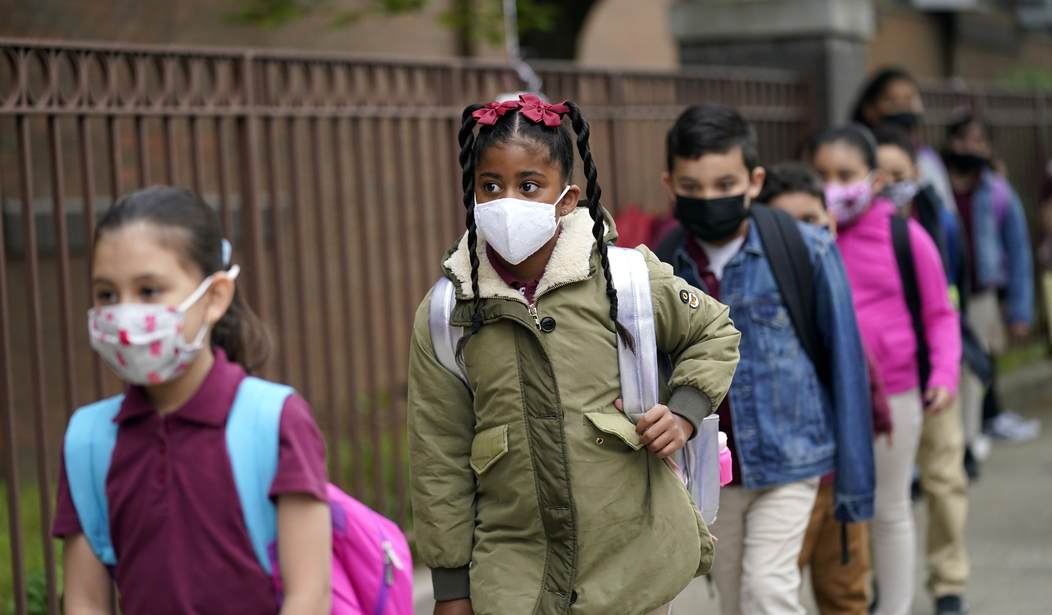Back in the day when the federal government was doling out cash to anyone who claimed to be hurt by the pandemic, schools showed up in Washington with their hands out.
It seems that closing schools down and keeping kids apart wasn't such a great thing after all. When schools reopened, millions of children didn't bother to go back to class. Other kids suffered from severe depression and other mental illnesses. All the kids suffered massive learning loss from the idiotic idea to try and get kids to watch a computer monitor instead of going to class.
The problems were real. It's just that the reason those problems existed in the first place was the most catastrophically dumb decision in the history of American education since the "new math" curriculum was all the rage in the 1960s and '70s.
Putting aside blame, the money was needed to create after-school programs of intensive tutoring to help kids catch up, develop mental health programs for children of all ages, and try to entice kids back to class.
The government gave about $190 billion to schools across the country. More money went to poorer districts than wealthier ones. It was a one-time infusion of cash to help school districts deal with the aftereffects of the pandemic.
At best, results have been mixed. And now, that money will run out at the end of this fiscal year on September 30.
“A lot of districts thought that once money comes from the federal government, it comes forever — like we just get it year after year after year,” said Marguerite Roza, director of Georgetown University’s Edunomics Lab. The lab has tracked how school districts used the federal pandemic aid. “Districts are going to have to be more adaptive in this situation.”
Test scores have recovered in 2023 somewhat from the catastrophic fall off in 2020-22. But the absentee problem is only a little better, and millions of kids are still staying away. Fewer students means less state aid, which further exacerbates the funding gap.
President Joe Biden’s education chief recently repeated a message Education Department officials have been telling governors, state education leaders and district heads for some time: Difficult financial choices are coming even as academic recovery is ongoing.
“Right now states and districts are having to make some very tough decisions,” Education Secretary Miguel Cardona said at a May gathering at the White House complex on chronic absenteeism. “They’re tired of unfunded mandates and demand from others to do yet another thing in education without more resources or support.”
Cardona told a group of reporters in February he doesn’t use the word cliff when describing the end of the federal pandemic aid. “We’re passing the baton back to states and we want them to match the president’s urgency on education funding,” he said.
Some problems in the schools were there before the pandemic and will be there no matter how much the federal government gives them. Teacher shortages have plagued some of the larger school districts in recent years, and that's a problem that won't be fixed with pandemic relief money.
“What we really need to do is either give people raises to attract and retain people in the profession or hire additional staff. If that funding is not what you call ongoing funding, you really can’t do much with it,” said Superintendent Michael Winters of Saddle Mountain Unified School District outside of Phoenix.
I predict that by Thanksgiving, schools will be crying for more aid to fill the gaps in funding that their states or cities were unable to close.










Join the conversation as a VIP Member